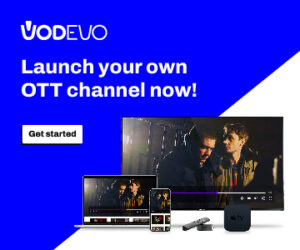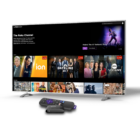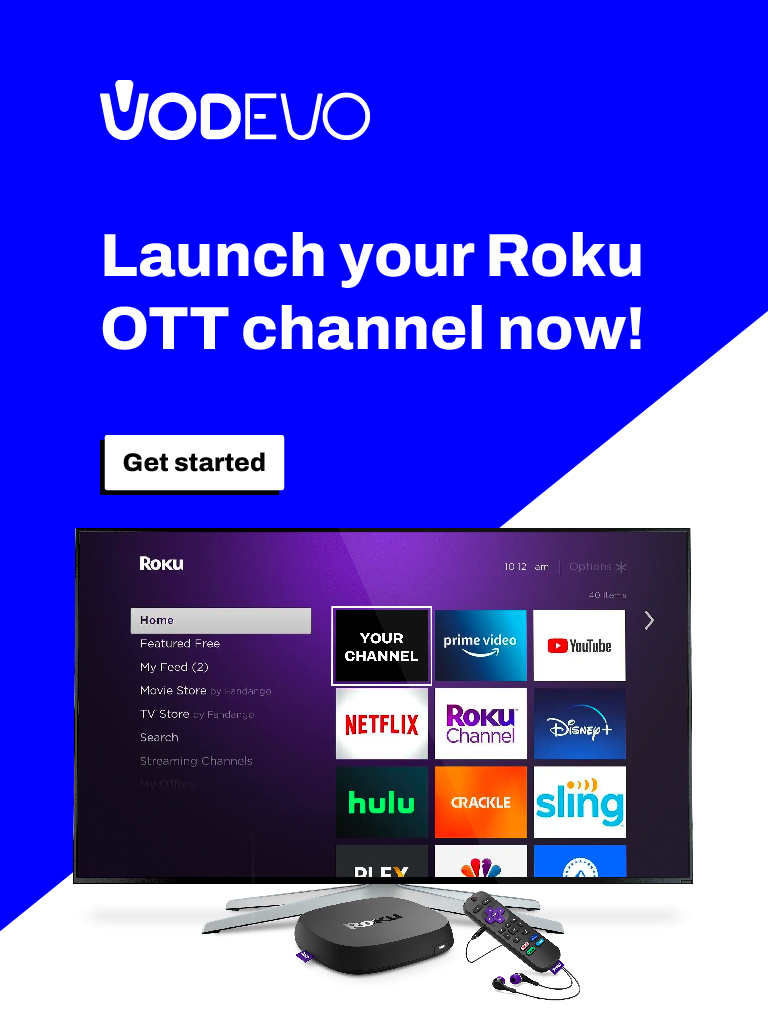The broadcasting landscape is undergoing a transformation with the advent of over-the-top (OTT) technologies, and the world of sports broadcasting is not exempt from these changes.
OTT video streaming technologies have significantly impacted traditional sportscasts and viewing experiences. Sports enthusiasts have eagerly embraced these innovations, leading to a surging demand for sports content easily accessible through OTT platforms.
With shifting consumer habits, more fans now prefer to watch sports on their mobile devices while on the go or on their TVs via OTT services.
This shift has triggered increased market competition, prompting cable TV operators to adapt by transitioning their infrastructure from cable TV to OTT platforms.
Conversely, for minor sports leagues, OTT platforms present a valuable opportunity to reach a broader community of fans.
Why cable Tv is no longer sufficient for sports fans?
The reasons why cable TV is no longer sufficient for sports fans are as follows:
- Freedom from Cable Limitations: OTT platforms liberate sports viewers from being tied to cable operators, as all they need is an internet connection to access live match broadcasts or recordings on OTT platforms without requiring additional hardware.
- Mobile Device Preference: Sports viewers often prefer using mobile devices to watch matches on the go. They may also use these devices as companions while watching matches on larger screens, such as for making bets on game outcomes.
- Immersive Experience: OTT platforms provide a more immersive experience for sports enthusiasts by offering options like choosing viewing angles and enjoying behind-the-scenes moments. Personalization has become a key driver for watching sports on OTT.
- Flexible Viewing: Users are not bound by pre-planned schedules set by traditional broadcasters. They can watch sports matches at their own convenience.
- Location Independence: OTT allows users to watch content from anywhere and on any device, eliminating the restriction of specific locations.
- High-Quality Broadcasting: OTT capabilities enable wider opportunities for high-quality broadcasting through adaptive streaming, a crucial aspect for sports fans watching live matches.
- Enhanced Engagement: Easier metadata management in the OTT environment leads to increased engagement for sports viewers. They can now relish the best moments with their favorite teams or goals scored.
Ott for local sports
Regarding local sports leagues seeking to expand their awareness on a national level, the introduction of OTT has presented broadcasters and content aggregators with new streaming options to meet the growing demand for sports live streams.
While big sports brands see OTT streaming providers as an additional source of revenue due to media rights purchases, smaller sports competitions may not receive similar attention from content aggregators due to their potentially smaller audience.
Nevertheless, for smaller leagues, creating their own OTT platforms could be a pathway to gaining new fans beyond their region, and here’s why:
- No Limit on Online Video Apps: Fully owned OTT platforms provide an unlimited number of online video apps that enhance the OTT viewing experience.
- Content Acceptance: Niche leagues’ content is not rejected based on lower audience potential, as they have greater control over their own platforms.
- Content Control and Monetization: Fully owned OTT platforms give niche leagues more autonomy over content scheduling and monetization models.
- Reduced Broadcasting Costs: OTT technologies streamline broadcasting costs by simplifying infrastructure and streaming processes. For instance, live match streaming no longer requires TV mobile units with multiple cameras, relay stations, or satellite delivery, as streaming is readily available through the internet on any device and location.








